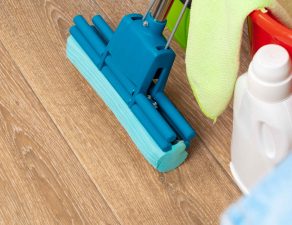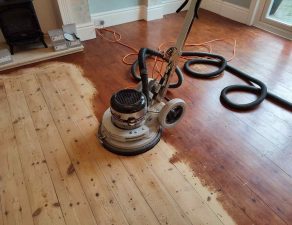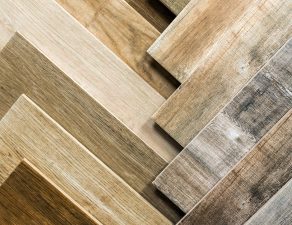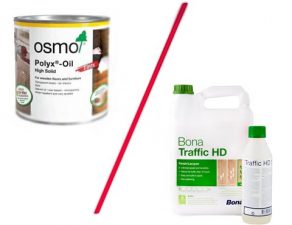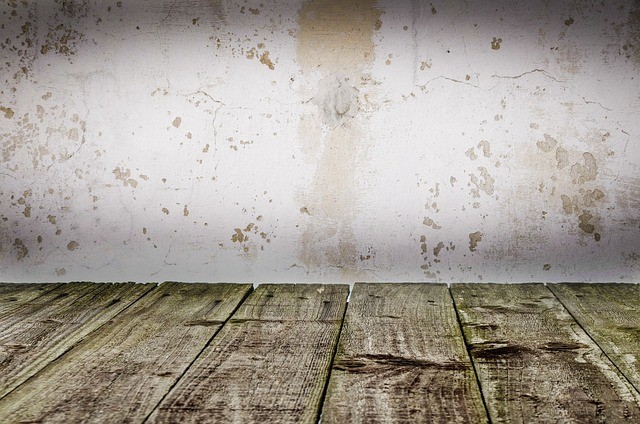

Are you a homeowner, or perhaps a DIY enthusiast, looking to keep your home in tip-top shape? One of the challenges you may face is dealing with rotten floorboards. Not only are they unsightly, but they can also pose safety risks, especially with children or elderly family members around. In this comprehensive guide, we’ll help you identify the revealing signs of rotten floorboards and offer insights on what to do about it. So, buckle up and join us on this journey to ensure your floor remains safe, secure, and absolutely smashing!
What risks can rotten floors cause?
Rotten floorboards aren’t just an unpleasant sight; they also bring a bunch of problems that can affect your home and well-being. Let’s dive into some of the risks you might encounter when dealing with rotten floorboards:
Accidents waiting to happen
Rotten floorboards can become fragile, unstable, and downright dangerous. You might find yourself stepping on a dodgy bit and ending up with your foot through the floor! It can become a painful experience, that can lead to injuries that require medical attention.
Weakened structural integrity
When left unchecked, rotten floorboards can weaken the overall structure of your home, leading to sagging floors and even more significant issues. It’s essential to address the subject early to avoid costly and time-consuming repairs down the line.
Pests and unwanted visitors:
Rotten wood is a magnet for wood-boring insects like woodworm, carpenter ants, and more. These little pests can wreak havoc on your home’s structural integrity, causing even more damage and eventually costing you a pretty penny in repairs.
Mould and mildew
Rotten floorboards are usually accompanied by moisture , which creates the perfect conditions for mould and mildew. These pesky fungi can cause a whole host of health issues, particularly for those with allergies, asthma, or weakened immune systems.
Lower property value
If you’re planning on selling your home, rotten floorboards won’t do you any favours. Prospective buyers might be put off by the sight of decay and the potential costs involved in fixing the issue. Our Alpha Floor Sanding team recommends to deal with the rotten floorboards before putting your home on the market.
As you can see, rotten floorboards are a serious challenge. It’s necessary to keep an eye out for signs of decay and address them promptly to ensure your home stays safe, sound, and in a magnificent condition.
Common signs of rotten floorboards
If you are not certain if your wooden floorboards need to be replaced, there are a few signs you need to pay attention to. Uneven or soft wood floors, rising damp or musty smell are early indicators that you might be dealing with rotten wood.
Soft or spongy floorboards
If you’ve ever stepped on a part of your floor that feels suspiciously soft, squishy, or spongy, there’s a good chance you’re dealing with rotten floorboards. This giveaway sign of rot is a direct result of moisture seeping into the wood, causing it to weaken and lose its structural integrity.
To identify soft or spongy floorboards, walk around your home, paying close attention to how the floor feels underfoot. If you notice any areas that seem to sink or give way slightly as you step on them, it’s time to investigate further. You can also use a screwdriver or a similar tool to gently prod the suspicious areas. If the tool sinks into the wood with little resistance, you’ve likely got rotten floorboards in your home.
Creaking and lumpy floors: An early warning sign
Creaking and lumpy floors can be a indirect heads-up that something’s not quite right with your floorboards. While some creaks are normal in older homes, excessive or new creaking sounds combined with lumpy or uneven surfaces might indicate the early stages of rot or other underlying issues. Keep an ear and an eye out for these changes, and investigate further if you suspect something’s off.
Musty smell: The scent of dry rot
If you’ve ever caught a whiff of a musty, damp, or earthy smell lingering in your home, it could be a warning sign that your floorboards are rotten. The unpleasant scent often arises from moisture or decay in the wood, making a timely signal that something might be awry. Keep your nose alert and track down the source of any musty odours to identify potential rot hiding beneath your feet.
Deformed floorboards
Warping or cupping is a clear visual clue that your floorboards may be rotten. These deformities in the wood are often caused by moisture absorption, leading to the boards swelling, bending, or twisting out of shape. If you spot any warping or cupping in your floorboards, it’s a sign that you should investigate further to determine the extent of the damage and address any underlying issues.
Visible water stains and floorboard damage
If you come across some visible water stains on your wood flooring, this might be an early indicator that there might be rot beneath the surface. These stains, often appearing as dark or discoloured patches, suggest that moisture has seeped into the wood, potentially causing decay or damage. If you notice any water stains on your floorboards, it’s time to take a closer look and assess the situation to prevent further deterioration.
Mold and mildew growth on floorboards
The presence of mold and mildew on your floorboards is a glaring sign that there might be rot or moisture issues at play. These fungi thrive in damp conditions and can cause the wood to weaken over time. If you spot mold or mildew on your floorboards, it’s essential to investigate the root of the problem and address any potential rot before it gets out of hand.
How to investigate for rotten hardwood floors?
You think you might have rotten wood. Here’s what you need to examine to confirm or disray your assumptions.
Visual checkup
Examine the floor for visible signs of damage, including water stains, discolouration, or warping. If you can, check for rotten floor joists.
Look for mold or mildew growth, as well as any signs of insect infestation.
Trust your touch
Walk around your home, paying attention to how the floor feels underfoot.
Check for soft or spongy areas that may indicate rot or decay.
Try with some tools
Remove all floor covering and gently probe suspicious areas with a screwdriver to test the wood’s firmness.
Use a moisture meter to identify areas with high moisture levels, which can contribute to rot.
Get a professional advice
Consult a professional if you’re unsure about the extent of the damage or the best course of action.
A specialist can provide expert advice and recommend appropriate repairs for your hardwood floors.
Ask how you can disrupt rot spreads into the entire floor, which might help you to replace rotten floorboards only partially.
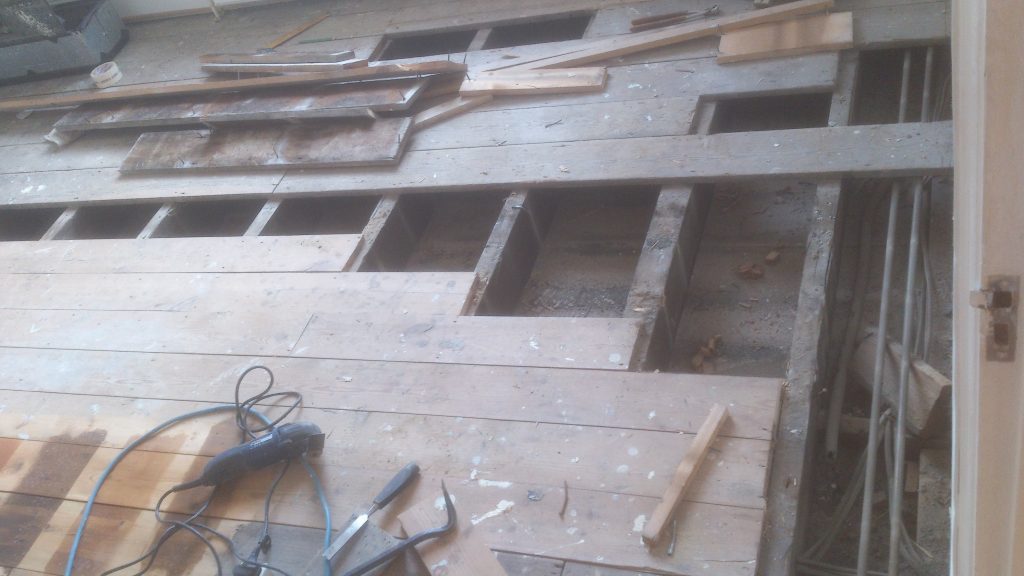
How to prevent rotting floorboards?
There are a few things to consider if you would like to protect your wood floors from rot and increase their lifespan. The Alpha Floor Sanding team recommends the following tips:
Proper installation: The foundation of healthy floorboards
Ensuring that your floorboards are installed by a reputable professional who follows industry standards is crucial. The use of appropriate materials and methods, such as moisture barriers and proper spacing between boards, helps prevent moisture buildup and promotes stability. Selecting the right type of wood and finishes for your specific environment and usage requirements also plays a key role in maintaining the health of your floorboards.
Adequate ventilation: A key factor in preventing floorboard rot
Adequate ventilation in your home is essential for preventing floorboard rot. Proper air circulation helps regulate humidity levels, reducing the chances of moisture seeping into the wood. Be sure to maintain good airflow throughout your home by using exhaust fans, vents, and air conditioning or dehumidifiers in damp areas such as basements or bathrooms.
Regular cleaning and maintenance
To preserve your floorboards, it’s important to keep them clean and well-maintained. Sweep, vacuum, or mop your floors regularly to remove dirt and debris that could cause scratches or damage. Clean up spills promptly to prevent moisture from seeping into the wood. Inspect your floorboards regularly, keeping an eye out for any signs of rot or damage, and address issues as soon as they arise.
Quick repair of leaks or water damage
Addressing any leaks or water damage immediately is essential to prevent floorboard rot. Be on the look out for signs of water intrusion, such as discoloured walls, ceilings, or floorboards. Repair any leaks or water damage as soon as they are discovered, and ensure that the affected area is thoroughly dried to prevent further moisture penetration.
Why should you call professionals if your floors are rotting?
If your attempts to slow down the rot have not gone as planned, it’s time to call a professional company like ours to begin replacing rotten floorboards.
Replacing floorboards will not be a great hassle if you react on time. If your wood floors have started to rot it is irreversible. You have to move quickly as sooner or later repairs would need to be made.
If you need to replace floorboards, you have to make a swift action as it would be significantly cheaper if you do it now compared to delaying it for the future.
The existence of wood rot, can imply that there might be mold beneath the floors. It becomes a health hazard as it can cause respiratory problems, rashes, eye irritation and headaches.
If your hardwood floors begin to rot, it may cause structural damage. They would become softer and weaker therefore making them them less able to remain stable against weight and pressure, which could harm anyone on top or underneath.
Conclusion
In conclusion, it’s essential to remain vigilant when it comes to identifying and addressing rotten floorboards in your home. Keep in mind the various signs of rot, such as creaking and lumpy floors, soft or spongy areas, musty odours, warping or cupping, water stains, and mold or mildew growth. Remember that the primary causes are often moisture-related issues, poor ventilation, and pest infestations.
Timely intervention and repair are critical in preventing further damage and ensuring the safety and structural integrity of your home. Don’t hesitate to consult a professional if you’re unsure about the extent of the damage or the best course of action. Experts can provide invaluable advice and guidance, helping you address the issue and restore your floorboards to their former glory.
By staying proactive and following preventive measures, you can maintain healthy floorboards and enjoy a safe and comfortable living space for years to come. So, don’t delay—take action today to ensure your home remains in elite condition.
FAQ:
How long does it take for a wood floor to rot?
- It takes between 1 and 6 months for the wood to start to rot based on the protection, humidity and exposure to dirt.
Will wet wood floor go back to normal?
- As long as the wood is not permanently deformed or damaged, the flooring should return to its original shape and size when it returns to its original moisture content.
Can wood rot make you sick?
- Rotten wood also isn’t directly linked to respiratory problems, but it is an indicator of high humidity and the presence of potentially dangerous fungi like black mould.

